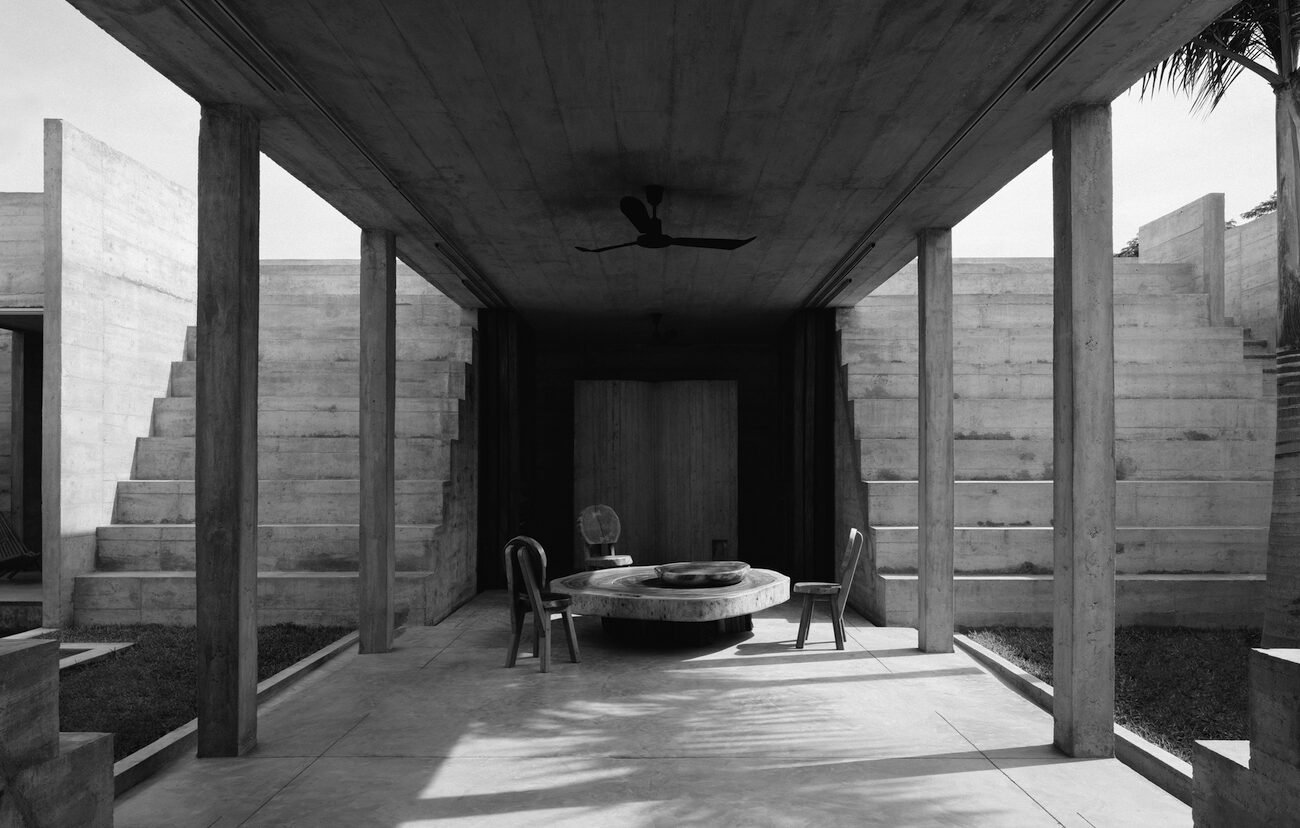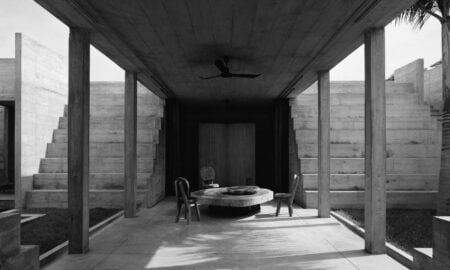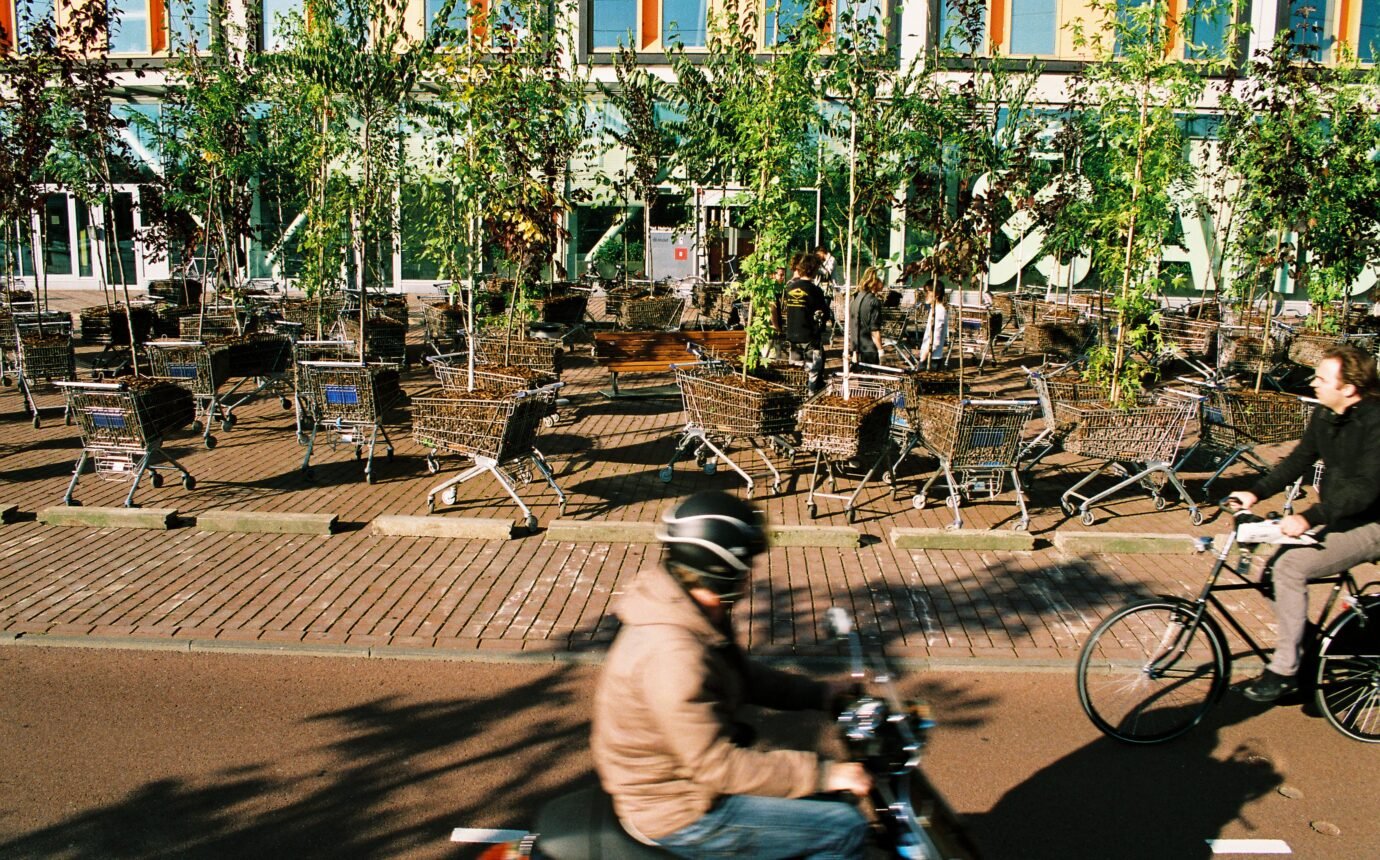The Brutalists: Brutalism’s Best Architects


A new title from Phaidon explores the icons of Brutalism and what makes it one of the most polarizing yet celebrated architectural styles
In a city like Toronto, evidence of the 20th century’s Brutalist boom are apparent in landmarks like the Sheraton Centre and City Hall. Today, this striking, and often polarizing, architectural movement remains a part of the city’s DNA amidst the rise of modern glass buildings and sleek condo towers. In a tribute to this crude and enduring design style, architectural writer Owen Hopkins explores the dualities of the Brutalist phenomenon in The Brutalists: Brutalism’s Best Architects. Bridging the local and global, this new title from Phaidon documents the movement through more than 200 iconic buildings from around the world.

Alejandro Aravena. Innovation Centre, Pontifical Catholic University of Chile Santiago, Chile, 2014. Picture credit: Leonardo Finotti.
Uniquely, the book shares information about the people behind the work as well as their careers and cultural influences. In Chile, the Pontifical Catholic University by Alejandro Aravena stands as a Brutalist masterpiece. Canada, U of T Scarborough’s Andrews Building by John Andrews, who later designed the CN Tower, showcases the style’s bold geometry. In Japan, Takamitsu Azuma’s Tower House exemplifies compact and innovative Brutalist design.
Through archival images and engaging texts, The Brutalists highlights iconic international architects and their groundbreaking works that defined the Brutalist movement. It also brings overdue attention to lesser-known architects and their contributions to this influential style, which have long been neglected in history. PHAIDON.COM










